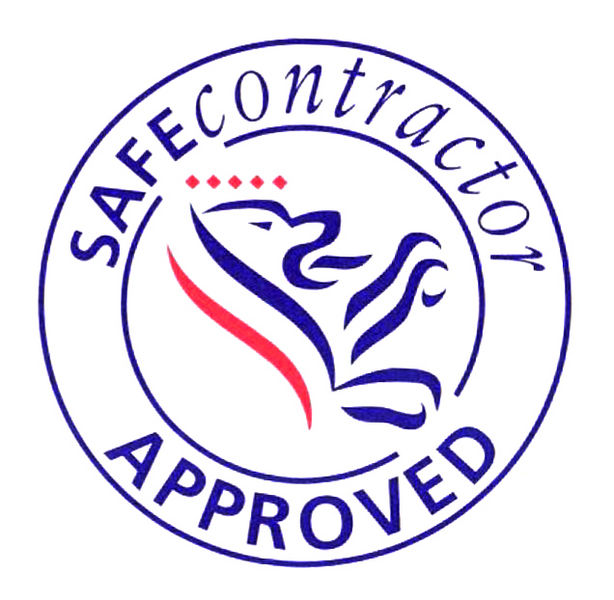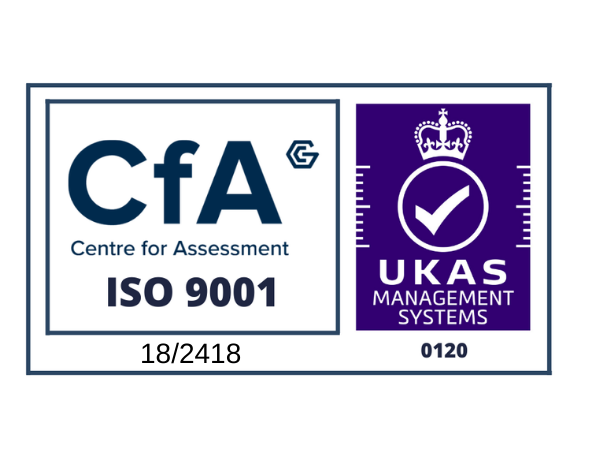A Quick Guide to Balcony Regulations in the UK
A Quick Guide to Balcony Regulations in the UK
Balconies are a popular addition to both residential and commercial buildings, offering outdoor space, fresh air and a touch of architectural style. However, balconies come with a number of safety responsibilities. Balcony regulations have to be followed carefully to avoid legal issues and, most importantly, to protect you.
This guide breaks down the key regulations and requirements you need to know if you are planning on getting a new balcony or carrying out work on an existing one.
Why balcony regulations matter
Balconies may look straightforward, but they’re complex structures. They carry weight, face exposure to the elements, and are high above the ground. Poor design or construction can put people at serious risk. Regulations exist to ensure balconies are structurally sound, safe to use, and compliant with building standards.
For property owners, understanding these rules is vital. Failure to meet regulations can result in fines, liability if accidents occur, and costly remedial work.
Planning permission and building regulations
One of the first questions people ask is whether a balcony requires planning permission. The answer depends on the type of property and the design of the balcony. In most cases, adding a balcony to an existing building does require planning permission, particularly if it alters the appearance of the property, overlooks neighbours, or impacts the building’s structure.
Local planning authorities assess applications based on privacy, design and environmental impact. Before starting work, it’s best to speak directly with your local council to confirm what is required for your project.
Even if planning permission isn’t needed, building regulations will apply. Building regulations cover structural safety, fire safety, accessibility and durability. For balconies, compliance with these rules is non-negotiable.
Load bearing and structural safety
The strength of a balcony is a major focus of UK building regulations. Balconies must be able to support not only their own weight but also the weight of people, furniture, and in some cases, additional loads like snow.
Approved Document A of the Building Regulations sets out minimum load requirements. Generally, balconies in residential buildings must be able to withstand 1.5 kN/m² for domestic use. For communal or commercial spaces, this requirement is higher.
Working with a qualified structural engineer is crucial. They will calculate load capacity, assess materials, and make sure the balcony design can handle long-term use without risk of failure.
Guarding and handrail requirements
Safety barriers are another key part of balcony design. In the UK, any balcony that is higher than 600mm above ground level must have guarding or a balustrade.
The height of the guarding depends on the use of the building. For residential properties, the minimum height is 1100mm above floor level. For internal guarding, such as a mezzanine or landing, the minimum is 900mm.
Balustrades and handrails must be constructed so that a 100mm sphere cannot pass through gaps. This rule is in place to protect children from slipping through or getting trapped.
Fire safety considerations
Since the Grenfell Tower tragedy, fire safety in external wall systems has been under intense review. Balconies are included in this scrutiny, especially in multi-storey residential buildings.
Materials used in balconies must be non-combustible or have limited combustibility, particularly if the balcony forms part of the external wall system. The use of timber decking or combustible cladding is heavily restricted in new builds and refurbishments.
Balconies must also be designed to prevent fire spread between floors. For example, solid floors and fire-resistant materials can stop flames from travelling upwards. Always check the most recent guidance in Approved Document B and consult with fire safety professionals.
Drainage and weather resistance
Balconies are constantly exposed to rain and varying weather conditions. Without proper drainage, water can pool on the surface, leading to slips, structural damage, and leaks into the building.
Regulations require balconies to have effective drainage systems. This often includes slight gradients to direct water away from the building and drainage outlets that connect to the property’s rainwater system. Materials used for floors must also be resistant to water penetration.
Accessibility requirements
For some buildings, especially those that are newly constructed or open to the public, accessibility is a key factor. Balconies must be designed so that people with mobility needs can use them safely. This may include level thresholds, suitable door widths, and surfaces that are slip-resistant.
Approved Document M of the Building Regulations provides guidance on access to and use of buildings. If you are designing a balcony for a new build, these requirements will likely apply.
Maintenance and ongoing safety
Regulations don’t stop once a balcony is built. Property owners have an ongoing responsibility to maintain their balconies. Regular inspections should check for corrosion, cracks, loose fixings or any signs of wear and tear. Timber, steel and glass elements all need care to keep them safe over time.
Failing to maintain a balcony can not only breach health and safety obligations but also void insurance policies. In commercial and residential blocks, landlords have a duty of care to tenants and visitors, making maintenance even more important.
Working with professionals
Balcony regulations can feel complex, but working with experienced professionals makes the process straightforward. From design and planning through to construction and inspection, expert advice ensures your balcony meets all UK standards.
At Bradfabs, we design and manufacture bespoke balconies that combine style, safety and compliance. Our team works closely with structural engineers and local authorities to make sure every project is built to last and fully compliant with UK regulations.
Final word
Balconies are a great feature for any building, but they must be safe and compliant with UK rules. From planning permission and load-bearing requirements to guarding, fire safety and drainage, every detail is important.
Whether you’re adding a balcony to your home, developing a commercial site, or managing a residential block, following balcony regulations protects both people and property. With the right planning and professional support, you can enjoy all the benefits of a balcony with peace of mind.








